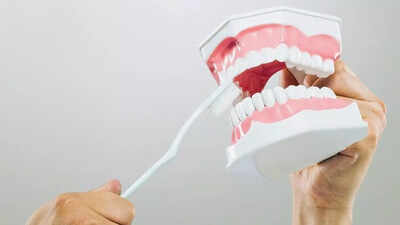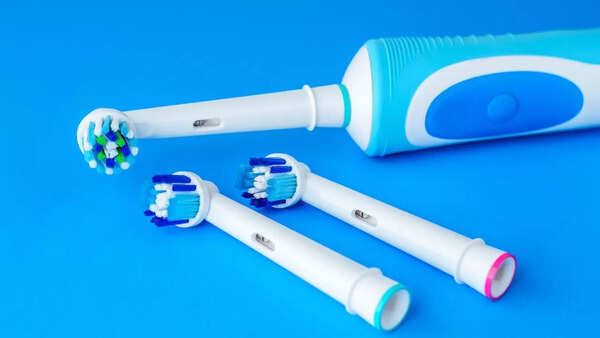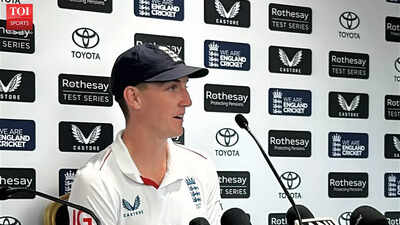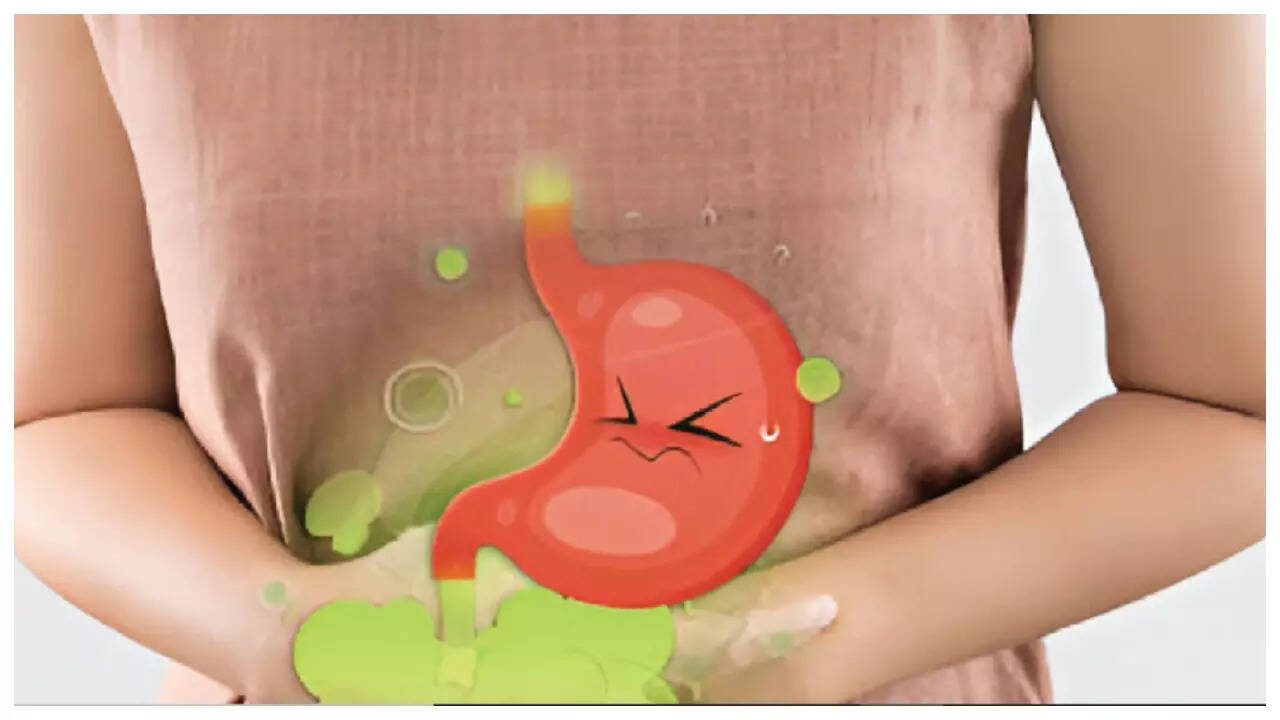Think you’re brushing your teeth right? Dentists warn about this morning habit |

Maintaining overall health through nourishing habits is well-known for reducing the risk of chronic illnesses like diabetes and heart disease. However, the impact of these habits on dental health is often overlooked beyond regular brushing. A healthy diet and lifestyle can significantly affect the health of your teeth and gums. Understanding the steps and missteps that influence dental health is crucial for preventing issues like tooth decay, gum disease, and other oral health problems. By making informed choices about your diet and habits, you can promote a healthy smile and overall well-being. Good dental health habits complement a healthy lifestyle for optimal benefits.
Why you should brush your teeth after having breakfast

According to Parade, don’t brush your teeth right after you finish breakfast. Brushing your teeth too soon after eating acidic foods or drinks can be harmful. Acidic substances like citrus, orange juice, and coffee can temporarily soften tooth enamel, and immediate brushing can wear it down faster. Since enamel is irreplaceable, it’s essential to be mindful of your brushing timing to protect your teeth.
How long should you wait to brush your teeth after eating breakfast?
According to dental experts, it’s recommended to wait at least an hour after eating breakfast to brush your teeth. This allows saliva to wash away food debris, balance the mouth’s pH, and rehardened tooth enamel. If you can’t wait, rinsing your mouth with water after eating can help reduce acid exposure and freshen your breath until you’re ready to brush.
5 simple ways to improve your toothbrushing routine
By following these tips reported by Parade, you can keep your teeth healthy
1. Choose the right brush:
Use a soft-bristle toothbrush, either electric or manual. Electric toothbrushes can provide a more thorough cleaning, and some come with timers and pressure sensors.

2. Angles and shapes:
Brush at a 45-degree angle to the gum line, using elliptical or circular motions. For electric brushes, let the brush do the work. Imagine your teeth as a five-sided object: front, back, chewing surfaces, and two surfaces between teeth (which should be flossed).
3. Time your brushing:
Brush for two minutes, dividing your mouth into four quadrants and spending 30 seconds on each.
4. Don’t forget other mouth parts:
Clean all areas of the mouth properly
5. Be gentle:
Use as little pressure as possible when brushing or flossing to avoid damaging tissues. Replace toothbrush or heads every three months, or sooner if bristles are worn.
Additional tips:
- Replace toothbrushes regularly to maintain effectiveness and prevent bacteria buildup.
- Floss gently in a C-shape to clean effectively without damaging your gums.






